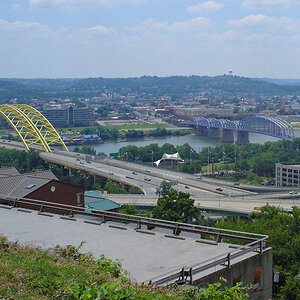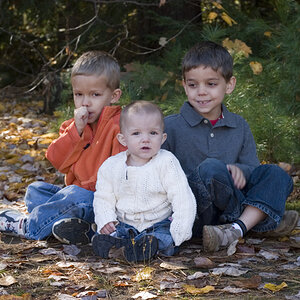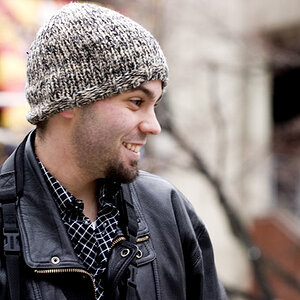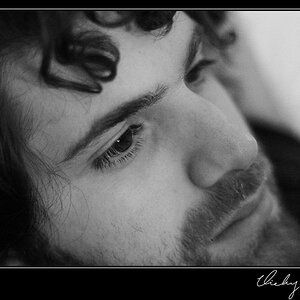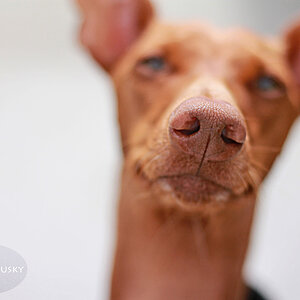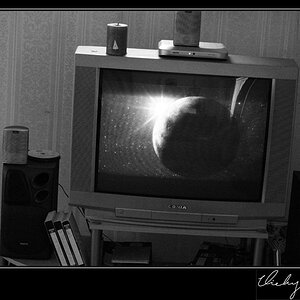keen.observer
TPF Noob!
- Joined
- May 4, 2018
- Messages
- 62
- Reaction score
- 7
- Can others edit my Photos
- Photos NOT OK to edit
Start with a brand name camera....Canon, Fuji, Nikon, etc, which does NOT have an AA filter. Get a brand name Prime (single focal length) lens. Use a tripod. Set a higher number aperture...f/8, f/11, or f/16. Frame. Focus on something of interest...a model's eye, a football held by a runner, etc. Use a fast shutter speed. If action is involved, use a shutter speed of 1/2000 of a second, or so. Set your camera's timer, hit the shutter release, and stop touching the camera until after the shutter operates.


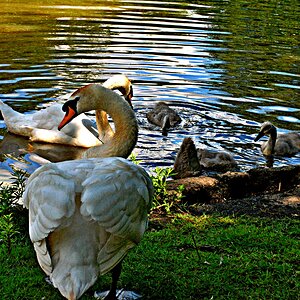

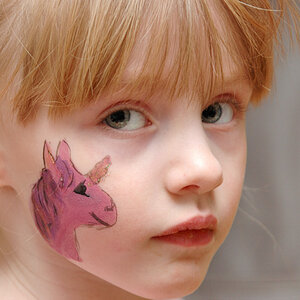
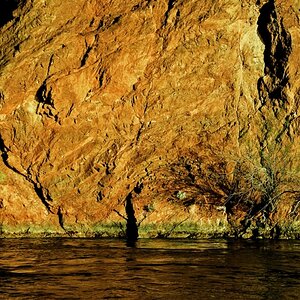

![[No title]](/data/xfmg/thumbnail/42/42275-2ca41f93a172e2e510afb46912a2bb61.jpg?1619740084)
